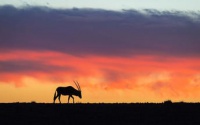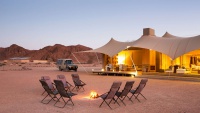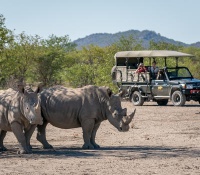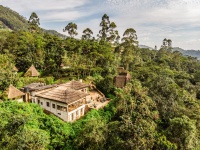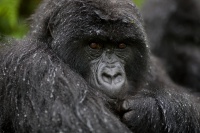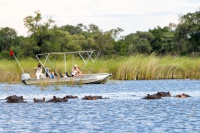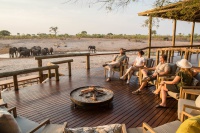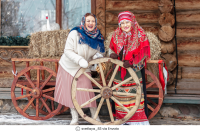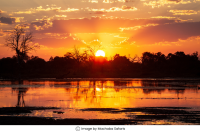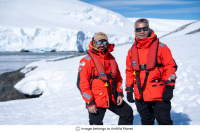-
Botswana’s Green Season: A Safari Like No Other
Most travellers picture Botswana’s dry landscapes under a scorching sun, but the Green Season (November to March) reveals a completely different side of the country. The first rains trigger mass migrations, predator activity intensifies, and aquatic ecosystems thrive in ways unseen during the dry season. For seasoned safari-goers looking for a more dynamic, less predictable wildlife experience, this is the time to visit.
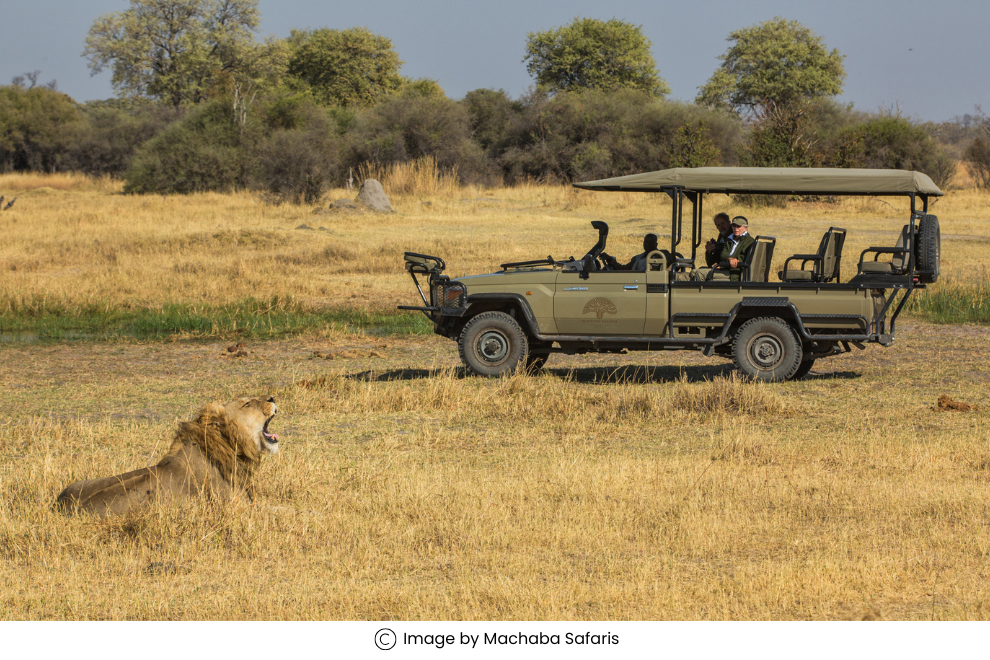
Top 3 Places to Witness The Magic of Green Season in Botswana:
1. Okavango Delta - Explored via Air, Land & Cruise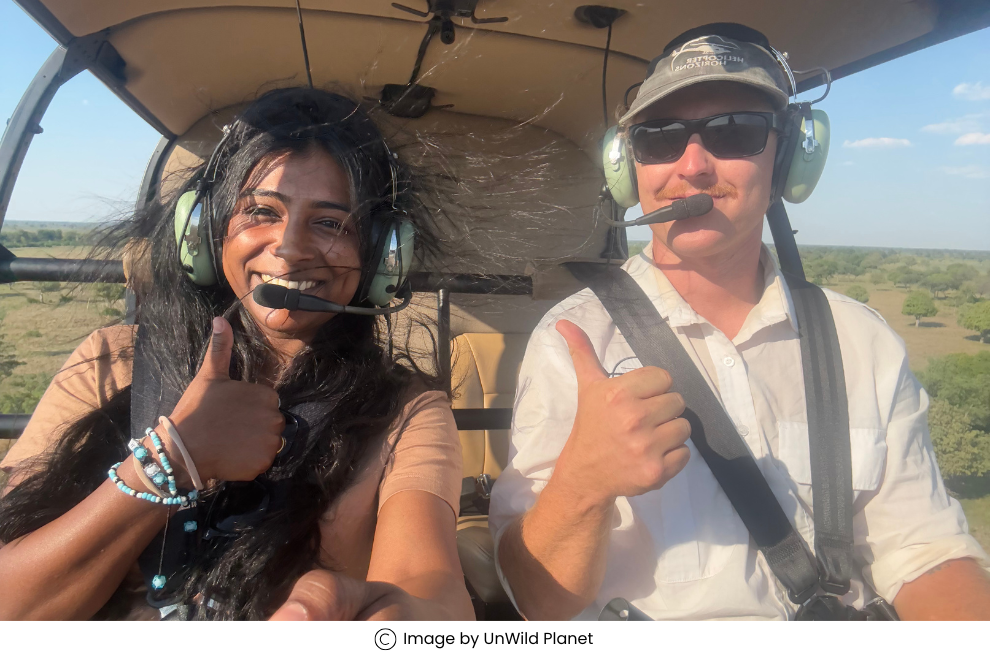
Spanning 15,000 sq km, this seasonal oasis hosts 530+ bird species, wild dogs, and Africa’s densest lion population, offering a rare water-based safari experience.
2. Chobe River
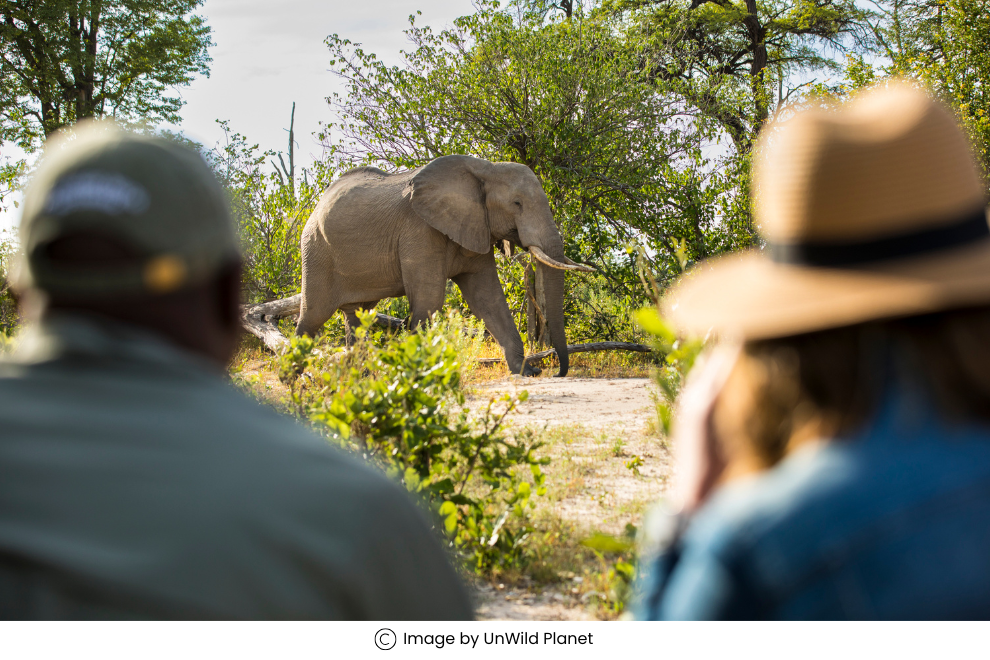
With over 50,000 elephants, the Chobe Riverfront hosts the highest concentration of elephants in Africa.
3. Linyanti Wetlands
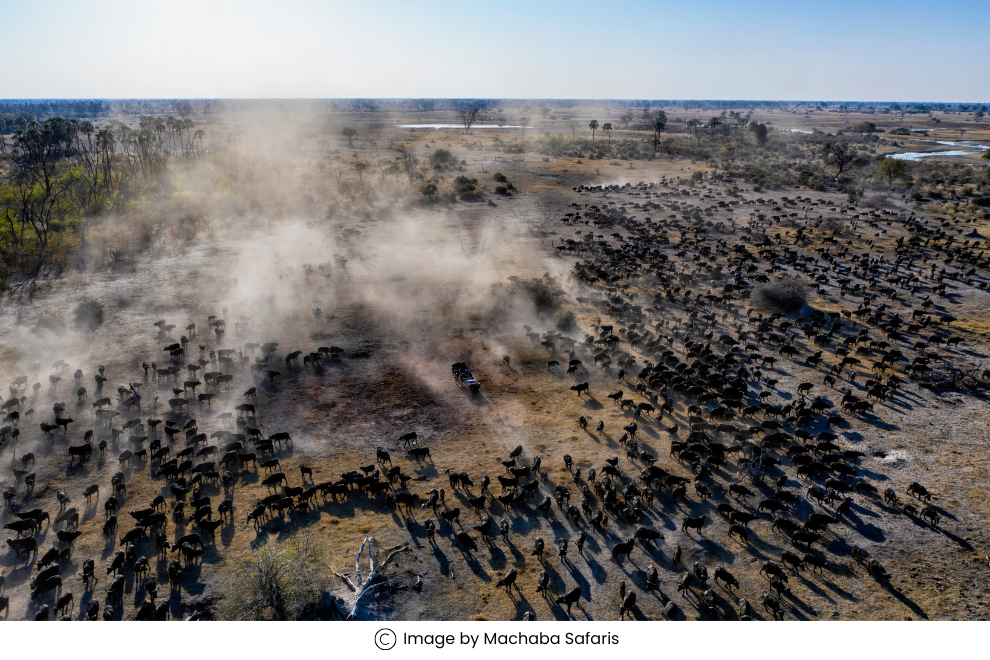
Linyanti Wetlands are home to rare wild dogs, big cat predators, and massive buffalo herds, offering an exclusive safari experience with fewer crowds and untouched wilderness.
Top 5 Dramatic Wildlife Encounters
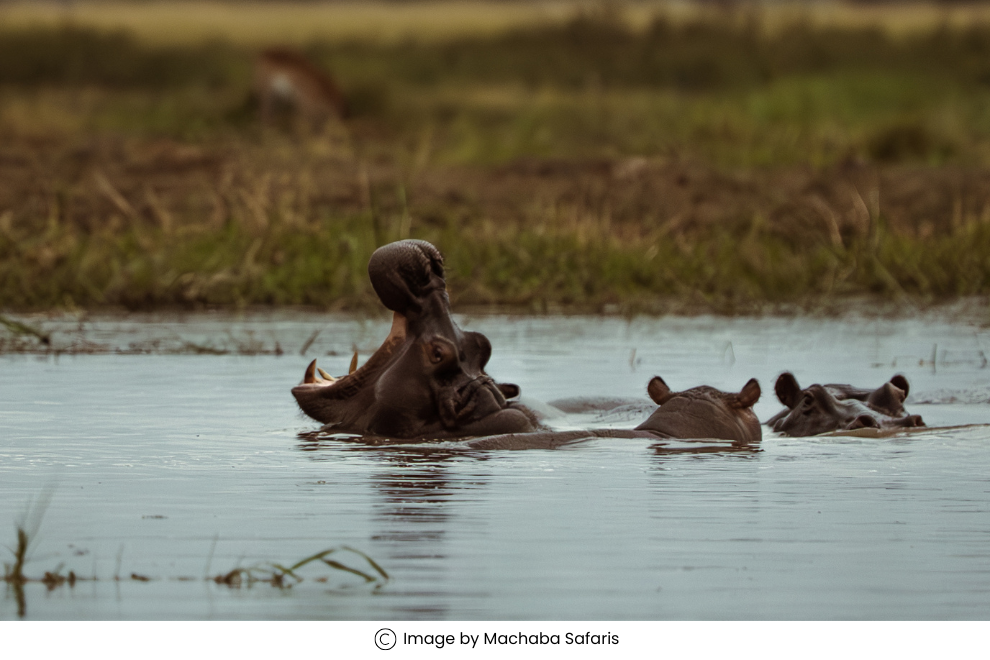
- The African sharptooth catfish is seen “walking” between pools as waters recede.
- African bullfrogs emerge after months underground.
- Over 80 fish species breed, attracting fish eagles, giant kingfishers, and herons.
- Hippos become highly territorial, engaging in dramatic battles.
Reed frogs change color, adapting to shifting environments.
How Green Season Transforms Botswana:
1. The Landscape Transforms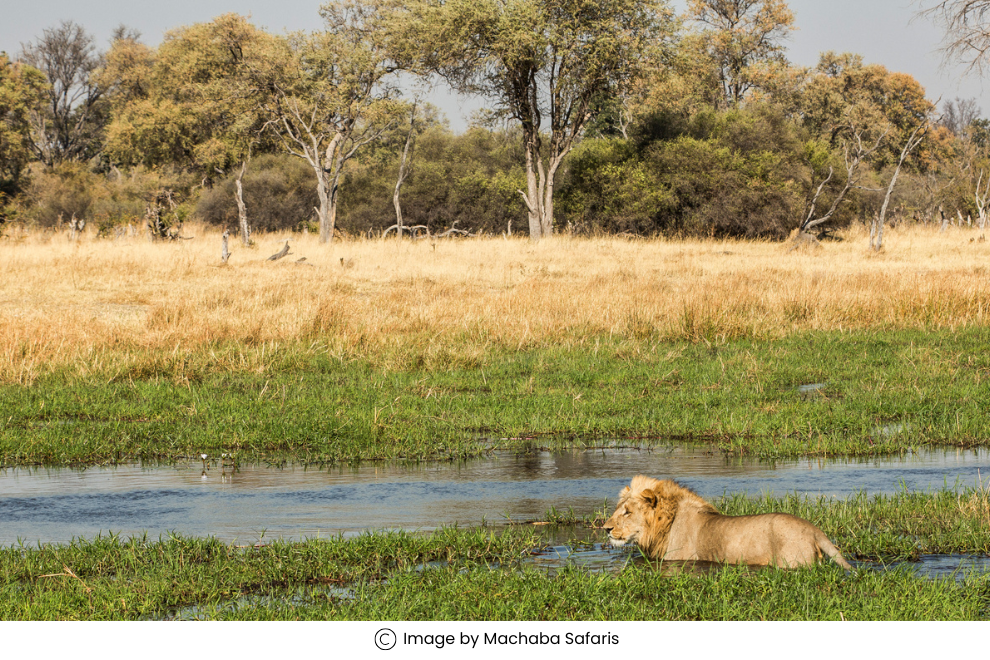
By late October, parched landscapes shift almost overnight as the first rains arrive. During the Green Season, local rainfall creates seasonal pools and temporary floodplains in the surrounding areas that reshape animal movements.
Makgadikgadi and Nxai Pans, usually barren, become vast wetlands, drawing thousands of flamingos, pelicans, and waders in one of Africa’s greatest avian spectacles.2. Migration season
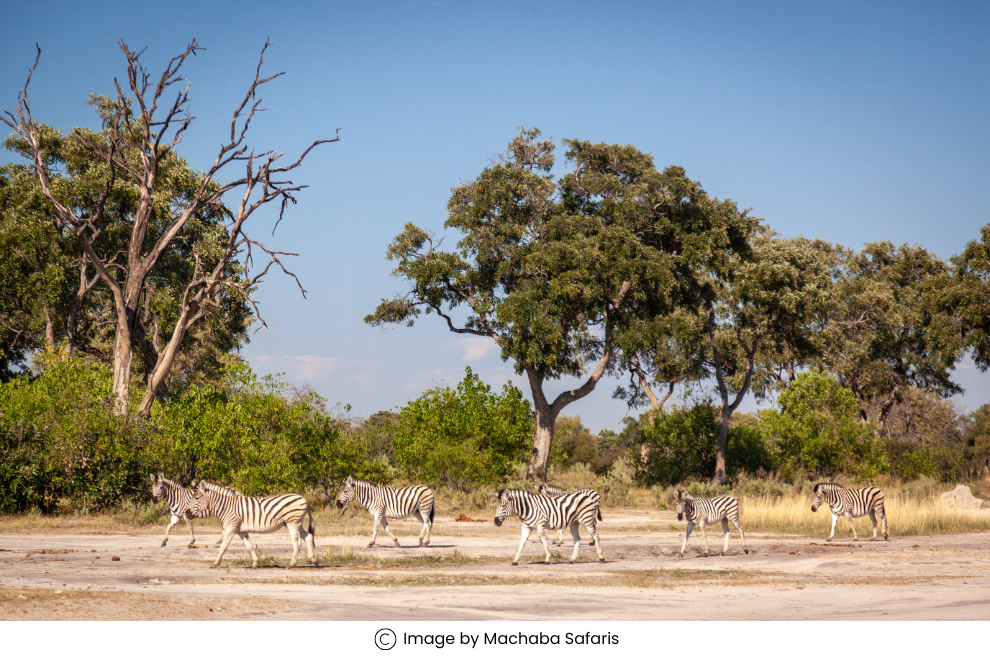
This environmental shift sparks Africa’s longest land migration - the Makgadikgadi zebra migration, covering over 500 kilometers. Unlike the Serengeti’s circular migration, this one is driven by rainfall patterns, making its timing and route less predictable.
3. Calving Season and breeding season
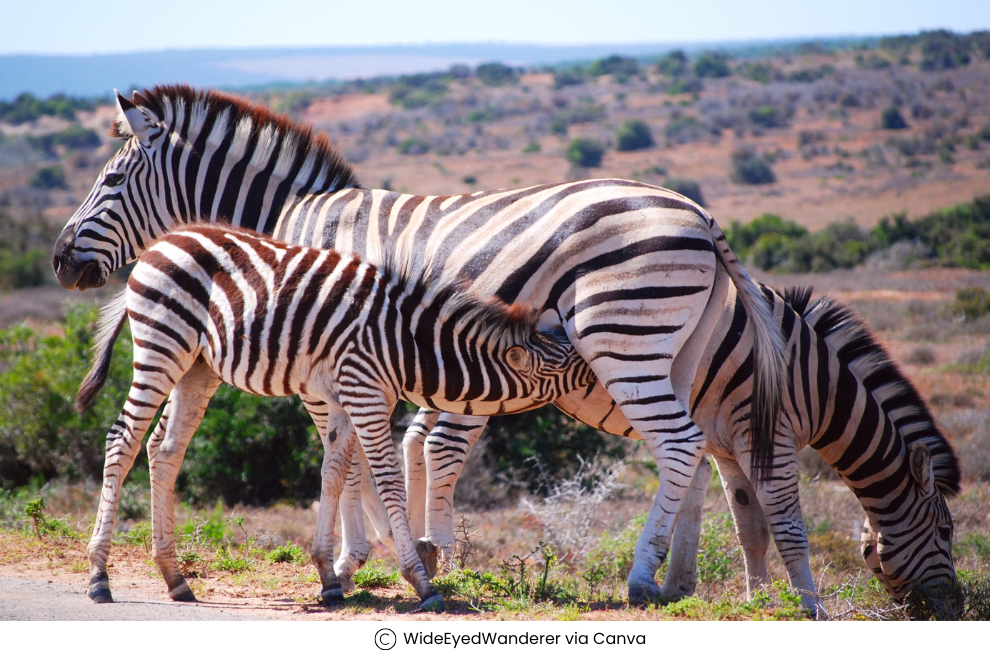
With water and vegetation at their peak, this is the best time to witness an explosion of new life. Tsessebe and impala give birth in synchrony, overwhelming predators with an abundance of vulnerable prey. This leads to frequent daytime hunts by lions, leopards, and wild dogs, making this one of the most action-packed safari periods of the year.
4. The Role of Water in Predator-Prey Dynamics
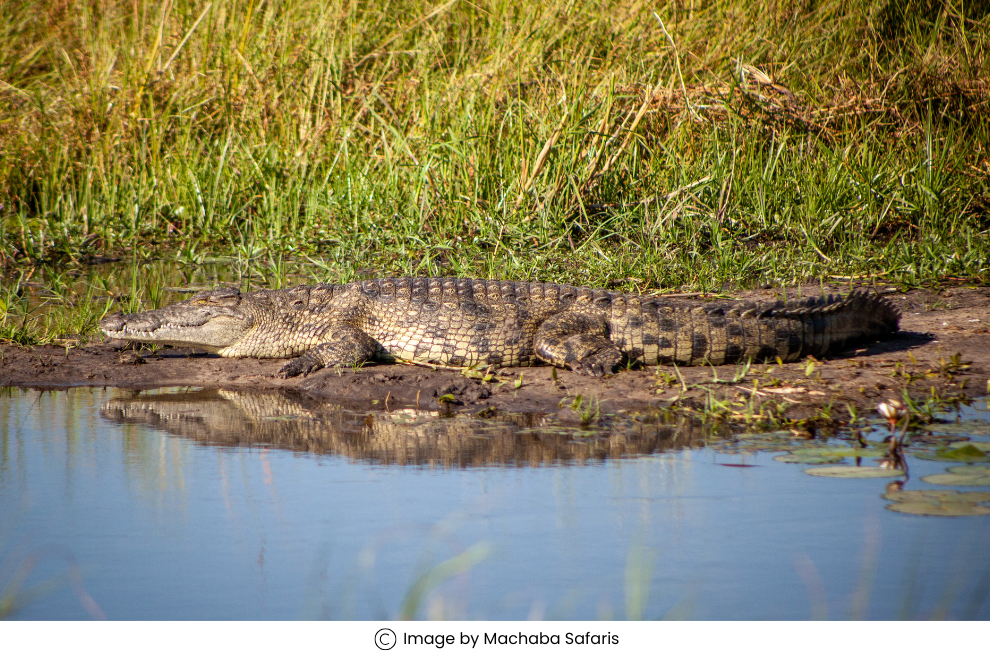
During Botswana’s Green Season, abundant water and dense vegetation disperse prey and provide better cover, making hunting more challenging, while the influx of newborn animals creates new opportunities for predators to target weaker prey.
The elephant-hunting lions of Savuti shift their focus to easier prey like zebra foals and weakened antelope. Meanwhile, crocodiles spread into new hunting grounds, ambushing migrating fish and crossing herbivores.
5. The Migration Reverses Course
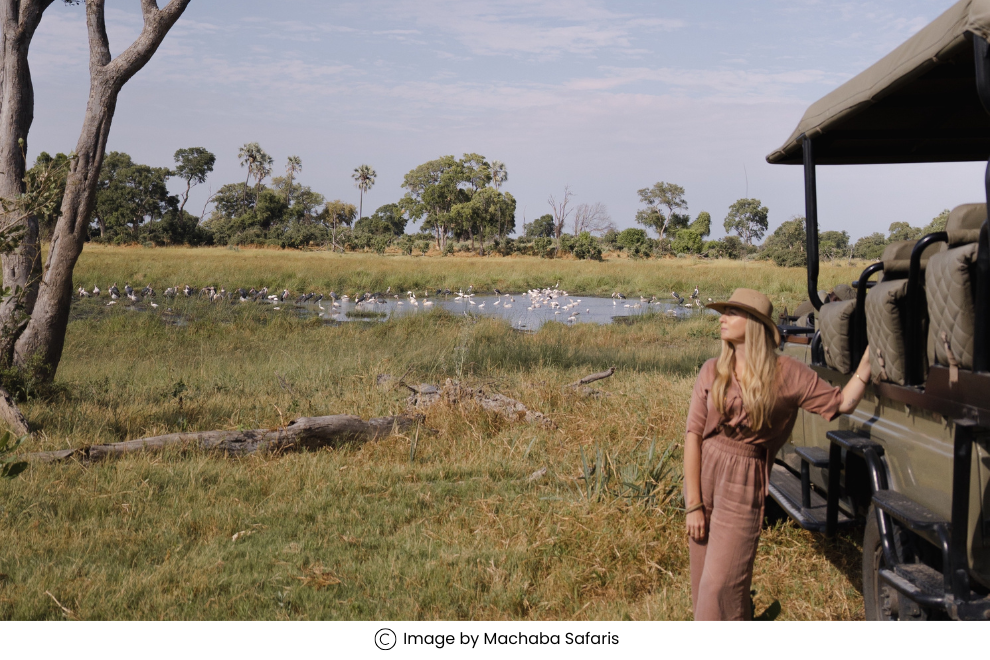
As rain-fed grazing lands flourish, animals no longer rely on permanent water sources. When the Green Season brings rain, large herds spread out into Makgadikgadi Pans and the Central Kalahari, where fresh grass replaces dry plains.
Predators adapt to changing landscapes, shifting their territories to follow prey movements.
Why Botswana’s Green Season is the Ultimate Safari Choice
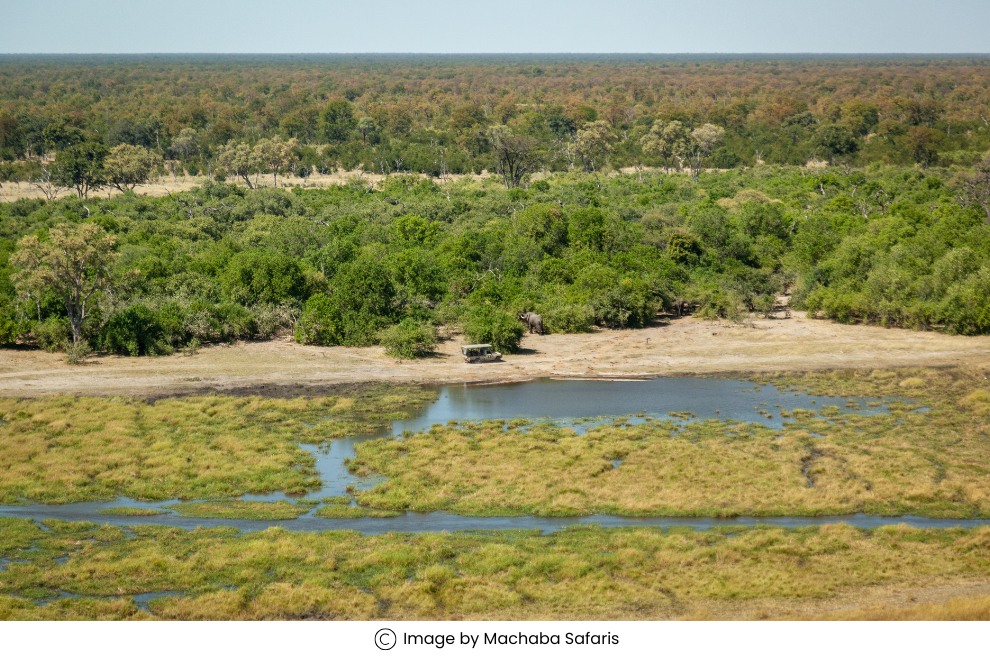
Botswana’s green season is a chance to see the wild in its most dramatic state - where survival unfolds before your eyes and nature’s rhythms dictate the adventure.
Beyond the spectacle, visiting in this season supports conservation efforts, anti-poaching patrols, and local communities while sustaining ecotourism year-round.
So, why follow the crowds when you can experience Botswana at its most untamed?
Ready to embark on your next adventure? Fill out the form below and let our experts curate your dream getaway!
All Fields are mandatory*-
Related Tours
-
Recent Blogs
